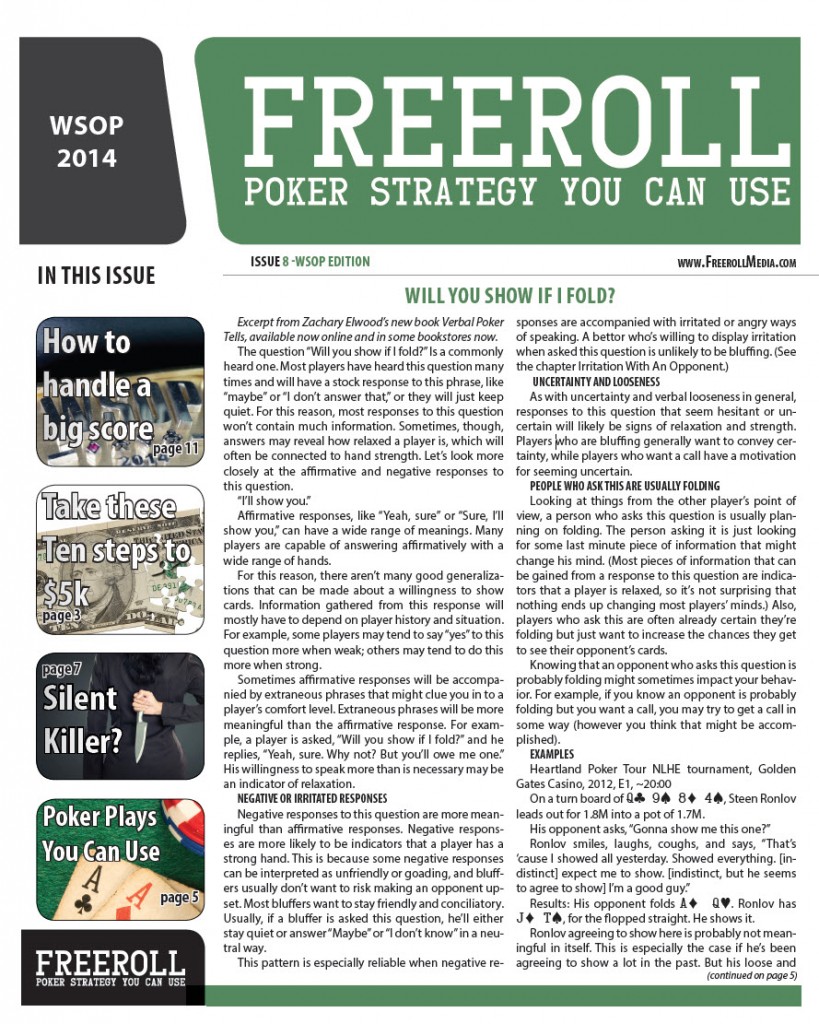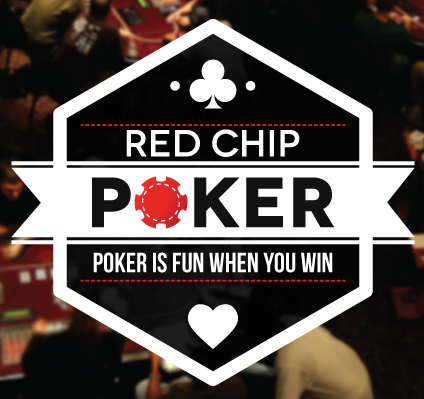Poker Tells: Hesitations When Betting
- By Zach Elwood
- January 20, 2014
- Comments Off on Poker Tells: Hesitations When Betting
 Amir Lehavot was one of the November Nine at the WSOP Main Event final table this year; he placed third for $3.7 million. A couple weeks before the final table began, Amir asked if I’d like to help him with his final table preparations. My role was to analyze him and his opponents for possible behavior patterns, e.g, poker tells.
Amir Lehavot was one of the November Nine at the WSOP Main Event final table this year; he placed third for $3.7 million. A couple weeks before the final table began, Amir asked if I’d like to help him with his final table preparations. My role was to analyze him and his opponents for possible behavior patterns, e.g, poker tells.
During the final table I watched the 15-minute delay broadcast, taking notes on all of the players’ behaviors. One player I focused on a good amount was Sylvain Loosli, who would end up in fourth place.
Loosli was a primarily online cash game player. He was known to be very new to live poker, which was one of the reasons I wanted to concentrate on him especially. His pre-final table footage showed a lot of extraneous movement of his body, arms, and hands. It’s a basic assumption of mine that whenever there are extraneous movements, (e.g. movements that don’t contribute to a specific, practical action) there is some kind of information present. It may be information that is difficult to interpret and use, but it is there. It seemed Loosli had made efforts to be more unreadable during his four-month break; he was much more stoic during the final table than he had been in the previous footage. But he still was probably the most behaviorally “loose” out of all the players. One of the situations where he exhibited a lot of extra movements was in the gathering of his chips before betting or raising. For most of his bets or raises, there was a lot of time spent between the time he reached for chips and when he actually placed those chips in the pot. During this time, he would move the chips around, stack the chips, and add or subtract chips before finally putting in his bet. On the final table Loosli had KK twice and QQ once. In all three of these hands he three-bet (reraised an initial raiser) pre-flop. Before three-betting in all of these hands, Loosli showed a lot of pausing and hesitation in the gathering of his chips. For instance, in two of these hands, there is a moment when he starts to reach for chips or puts a chip on his cards. It’s obvious he’s entering the pot, and then he pauses for several seconds before continuing to gather chips. Also, in the hand where he held AA and bet the flop, there was a moment when he looked down at his chips, making his interest in betting obvious, and then proceeded to shuffle his chips for several seconds before betting. Comparatively, in the hands where he was three-betting light or betting post-flop with a weak hand, these hesitations were not there. The betting motions with the weaker hands were more straightforward and practical, with less useless motions. The final table admittedly didn’t offer a big sample size of hands for Loosli, so I wouldn’t say that this is a definite pattern for him. But I am fairly confident that it was a pattern for him because this kind of tell is common among a lot of poker players.
Hesitation = Uncertainty = Concealed Strength
There are a couple reasons why players who have a strong hand might show signs of hesitation when gathering or placing a bet:
- Whether consciously or just instinctually, they want to communicate that they have a tougher decision than they do in hopes of getting action.
- Bluffers tend to want to communicate confidence and certainty in their bet, making it unlikely a bluffer will show signs of hesitation.
These two factors ensure that displays of hesitation fall mostly into the relaxed-with-a-strong-hand territory.

Showing hesitation when betting is like a player saying, “uhhh” or “ummm” before announcing their bet or raise size, or shrugging when making a big bet. These kinds of things are trying to communicate, “I guess I’ll do this, but I’m not sure.” Among amateur players, these kinds of more on-display types of hesitation will almost always be a strong hand. When playing in your game, start looking for obvious and not-so-obvious displays of hesitation when a player puts in a big bet or raise. Once you are tuned into it, you may find that some players in your game leak this kind of information frequently. And always keep in mind that this pattern, like all behavioral patterns, should be correlated with specific players first. There may be a player who frequently shows signs of hesitation when betting a wide range of hands, strong or weak. You should always observe a player first and be reasonably sure the pattern applies to them before basing big decisions on that information.


